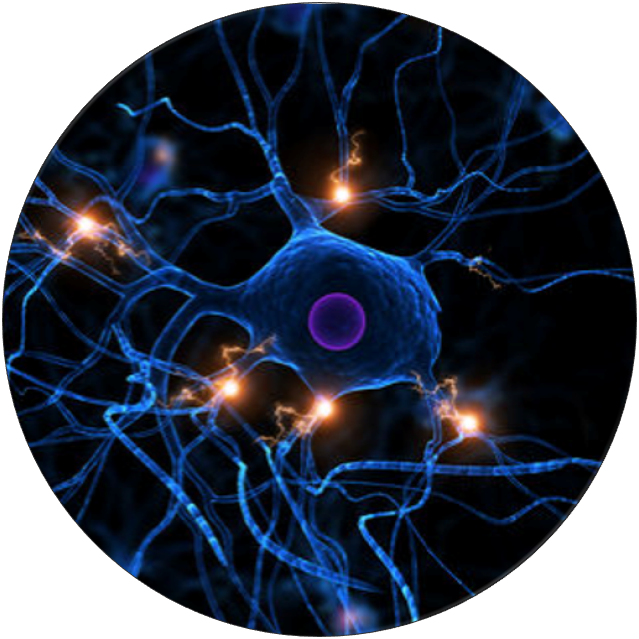Traumatic Brain Injury Model
Traumatic Brain Injury (TBI) in the United States
2.4 Million new cases annually (2009)
50,000 deaths annually
5.3 Million living with disabilities
$75 Billion economic toll in a single year
Traumatic brain injury (TBI) is a major risk factor for developing Alzheimer’s Disease
30 Clinical Trails for neuroprotective treatments of Traumatic Brain Injury (TBI) have failed since 1993.
Hawryluk et al., Neurosurg Clin N Am, 2016
Pre-Clinical Drug Screening
Failed Approach: Target-based high throughput screening (HTS)
Lead discovery is based on activity against molecular targets
Target must be known
Theory is often wrong
Unlikely to discover compounds acting via novel biological mechanisms
Better Approach: Functional screening with organotypic slice or dissociated cell cultures
Directly assess neuroprotective properties in tissue of interest
Target does not need to be known
Directly assess subtle cell function through electrophysiological measurements
Normalization of post-injury to pre-injury level
Built-in internal control
MEASSuRE Enables Functional Drug Screening of Neuroprotective Compounds
MEASSuRE’s Advantage in Traumatic Brain Injury (TBI) Drug Discovery
Screen leads based on electrophysiological tissue response to stretch (injury)
No need to know target
Find novel biological mechanism
Eliminate drug candidates earlier in the pre-clinical development
Avoid rejecting potential drug candidates
Save time, money, and research animals by reducing the number of in vivo tests




